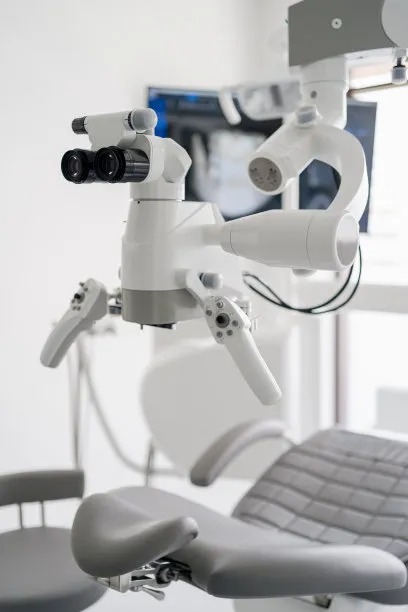The Essential Guide to Extracting a Tooth Safely and Effectively for Pain Relief and Oral Health
Summary: Extracting a tooth can be a daunting experience, but when necessary, it must be done safely and effectively to ensure both pain relief and oral health. This essential guide provides a comprehensive overview of the tooth extraction process, including the reasons for extraction, pre-extraction preparations, the actual extraction procedure, and post-extraction care. By understanding each aspect in detail, patients can approach tooth extraction with confidence, knowing they are taking the necessary steps towards a healthier mouth.
1. Understanding the Reasons for Tooth Extraction

Tooth extraction may be required for a variety of reasons, the most common being severe decay or damage that cannot be repaired. When a tooth is too far gone for a filling or crown, extraction becomes necessary to prevent further complications, including possible infection. Understanding the particular reasons for your tooth extraction is essential for your overall dental health.
Another common reason for tooth extraction is overcrowding. As dental technology and aesthetics evolve, many people seek orthodontic treatment to achieve straighter teeth. In some cases, extracting one or more teeth becomes a prerequisite to align the remaining teeth effectively. This approach not only improves the cosmetic appearance but also enhances the functionality of the bite.
Lastly, wisdom teeth often require extraction due to their late eruption and the lack of space in the mouth. These teeth can become impacted, leading to pain and other dental issues. Regular dental check-ups can help identify the need for wisdom tooth removal before problems arise.
2. Preparing for a Tooth Extraction
Proper preparation is crucial for a successful tooth extraction. Before the procedure, you should consult with your dentist to discuss your medical history and any current medications, as these factors can influence the extraction process. Honest communication is essential to ensure the dentist takes necessary precautions, minimizing the risk of complications.
Additionally, the dentist may recommend imaging studies, such as X-rays, to assess the tooths condition and its roots. This imaging allows for better planning of the extraction procedure. Also, your dentist will guide you on whether you should eat or drink before the extraction, depending on the type of anesthesia used.
Patients should also mentally prepare for the procedure by understanding the process and what to expect afterwards. Having a trusted friend or family member accompany you on the day of the extraction can provide comfort, and its important to arrange for transportation home, especially if you receive sedation during the procedure.
3. The Tooth Extraction Procedure Explained
The tooth extraction procedure varies based on whether the tooth is impacted or not. For a straightforward extraction, the dentist will administer a local anesthetic to numb the area around the tooth. Once you are numb, the dentist will use specific tools to loosen and remove the tooth from its socket.
In contrast, an impacted tooth may require a surgical extraction. This process often entails incising the gum tissue to access the tooth, and the dentist may need to break the tooth into smaller pieces for easier removal. The level of complexity in the procedure can significantly vary based on the tooth’s position in the mouth.
Regardless of the procedure type, it is crucial to listen to your dentists instructions throughout. After the extraction, the dentist will provide guidance on how to control bleeding, manage pain, and recognize signs of complications, aiding in a smoother recovery.
4. Post-Extraction Care for Recovery
Effective post-extraction care is vital for a successful recovery. Initially, patients should follow their dentists instructions regarding bleeding control, which typically includes biting down on a gauze pad for a specified period. Avoiding vigorous rinsing or sucking through straws is crucial to prevent dislodging the blood clot, which can lead to dry socket.
Pain management often involves prescribed medications or over-the-counter pain relievers. Patients should adhere to their dentist’s recommendations regarding medication usage, watching for any adverse reactions. Additionally, applying ice packs to the outside of the face can reduce swelling and discomfort during the first 24 hours post-extraction.
Adequate rest is also an essential aspect of recovery. Patients are advised to avoid strenuous activities for at least 48 hours following the extraction. Gradually reintroducing food, starting with soft options, will help facilitate healing and reduce irritation to the extraction site.
Summary:
In conclusion, extracting a tooth is a multi-step process that requires understanding the reasons, proper preparation, executing the procedure correctly, and maintaining post-extraction care. By adhering to these guidelines, patients can ensure their experience is as smooth and successful as possible, ultimately leading to improved oral health.
This article is compiled by Vickong Dental and the content is for reference only



